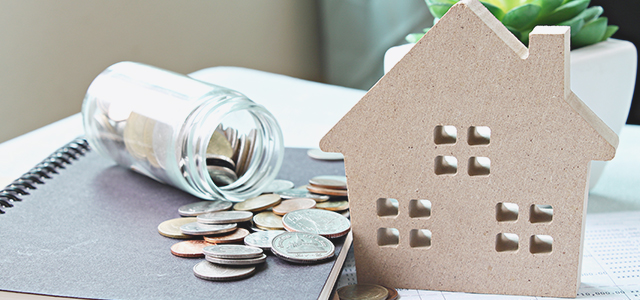In this article:

There’s more to saving for a home loan deposit than giving up smashed avocado and takeaway coffee. Of course, setting a budget and cutting down on unnecessary expenses is an essential way to save, but several other factors can either help or hinder your success.
Know your borrowing capacity
Figuring out how much a lender will let you borrow is the first step in becoming serious about saving for a deposit. Having a goal to work towards gives direction to your savings plan because now you know how much to put away each week and over what timeframe. Lenders want to see that you’re able to save a significant amount of money over time – it’s called ‘genuine savings’ and it works in your favour when applying for a loan.
Use a mortgage calculator for a rough idea of your borrowing capacity. Depending on the calculator, you may have to supply your income details, financial commitments, number of dependants or living expenses.
For a more accurate guide to your borrowing capacity, talk to your Yellow Brick Road mortgage broker. We’re familiar with a wide range of loan options and lending criteria, so we know how different lenders are likely to assess your repayment ability. Together we can get a clearer idea of how much deposit you need based on a realistic calculation of your borrowing capacity.
What government schemes can mean for you
Government schemes may help you reach your deposit saving goal sooner.
The First Home Super Saver scheme allows you to save a home deposit within your super fund if you’re a first home buyer. You’re able to make voluntary super contributions, within existing contribution caps, and then withdraw them to use for your deposit. Lump sum and salary sacrifice contributions will be taxed at just 15%, rather your usual marginal income tax rate. The contribution limits apply per person, so you can get twice the benefit if both you and your partner have the capacity to contribute.
Another government scheme you may be eligible for is the First Home Owner Grant. The grant usually applies to new homes only, but each state and territory has its eligibility criteria. You may also be eligible for a stamp duty exemption or concession. Contact the Office of State Revenue to find out what is available in your state.
Why living expenses matter
Banks are now taking a much closer look at living expenses before agreeing to lend money. The royal commission has brought about a greater emphasis on responsible lending, which means that applicants must demonstrate their financial ability to sustain long-term loan repayments.
Rather than relying on Household Expenditure Measure tables to account for an applicant’s living expenses, banks are increasingly requesting applicants to declare their living expenses. You may now be asked to break down your spending into specific categories such as groceries; medical; utilities; transport; insurance; childcare; education; entertainment. You may even be asked to supply your everyday bank account statements as evidence of your salary and daily expenditure.
When saving for a home loan deposit, it pays to plan for this scrutiny of living expenses. It’s a useful exercise to prepare yourself for what you’re getting into as a homeowner and how you can trim your spending. If your discretionary spending – such as eating out, subscriptions or holidays – is excessive, reign it in now and divert these extra savings towards your deposit.

 Contact Us
Contact Us Find a Broker
Find a Broker